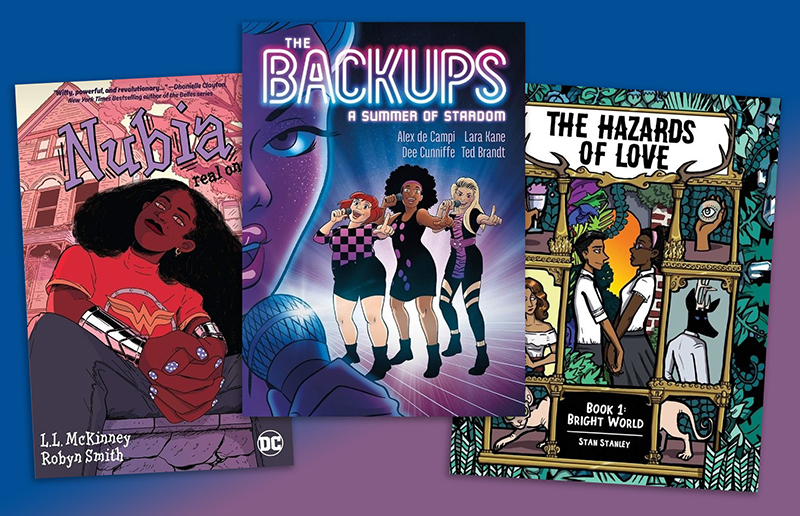Why I Teach Salvage the Bones by Jesmyn Ward in My High School, a guest post by author Brendan Kiely
During our recent #SVYALit Project Hangout, author Brendan Kiely (The Gospel of Winter) mentioned that he taught the book Salvage the Bones by Jesmyn Ward in his classroom. Today he is talking with us about teaching this book in his classroom, sharing the who, what, why and how his teens respond.
ADVERTISEMENT
ADVERTISEMENT
ADVERTISEMENT
ADVERTISEMENT
The Gospel of Winter has received starred reviews from Booklist, Kirkus, and Publisher’s Weekly – and me. Publishes January 21, 2014 from Margaret K. McElderry Books. ISBN: 9781442484894.
Filed under: Brendan Kiely, Jesmyn Ward, Salvage the Bones, Teen Issues, Teen Pregnancy, The Gospel of Winter
About Karen Jensen, MLS
Karen Jensen has been a Teen Services Librarian for almost 30 years. She created TLT in 2011 and is the co-editor of The Whole Library Handbook: Teen Services with Heather Booth (ALA Editions, 2014).
ADVERTISEMENT
ADVERTISEMENT
SLJ Blog Network
One Star Review, Guess Who? (#202)
This Q&A is Going Exactly As Planned: A Talk with Tao Nyeu About Her Latest Book
Exclusive: Giant Magical Otters Invade New Hex Vet Graphic Novel | News
Parsing Religion in Public Schools
ADVERTISEMENT









